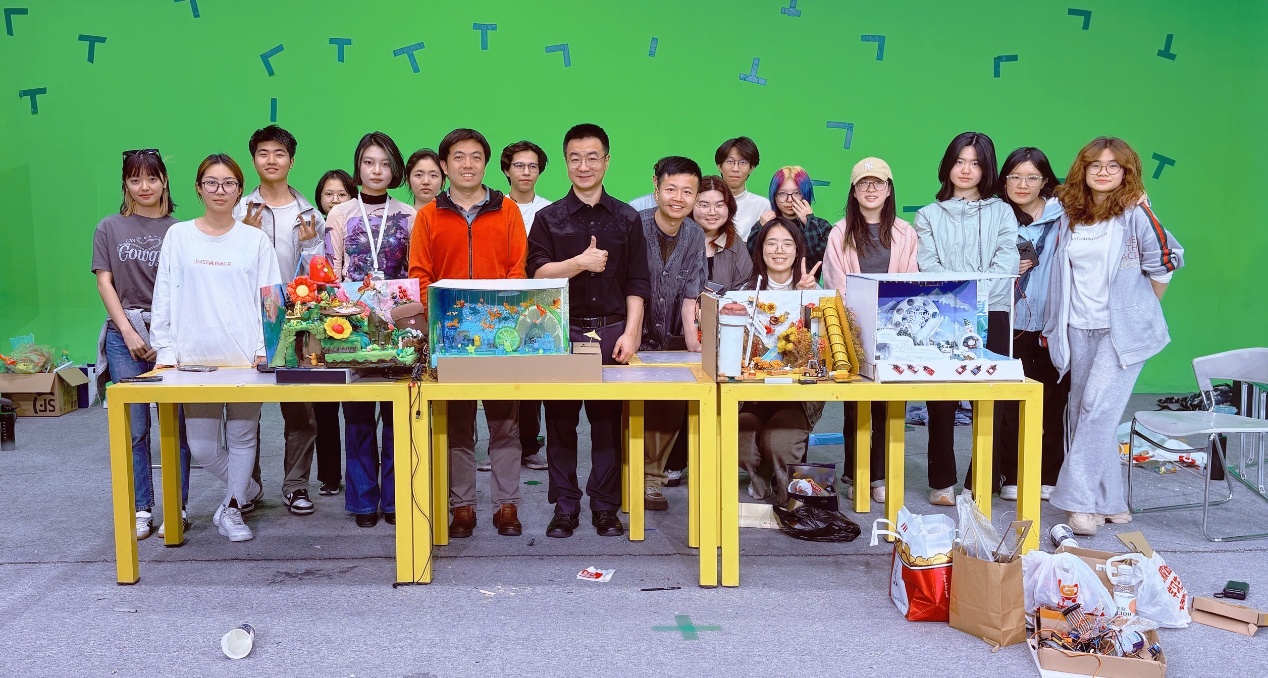
The summer solstice has arrived, bathed in blazing sunlight, a season when all things flourish in their fullest vitality. In this time brimming with life and energy, the “seed” planted by the students of Class 310 at the Academy of Arts & Design, Tsinghua University, an interactive installation born from their creativity and dedication, has also undergone a cycle of conception and refinement across the seasons, now blooming in its moment of glory. Titled The Four Seasons, this piece not only carries their reflections on the rhythms of nature but also resonates with the exuberant vitality of the solstice.
The creation of this work is deeply rooted in two foundational courses:
Physical Computing
This course serves as the cornerstone of design and engineering, equipping students with the core knowledge and skills essential for modern design. In today’s rapidly evolving technological landscape, interactivity has become a defining feature of design. The course focuses on the fundamentals, characteristics, and applications of interactive technologies, covering mainstream methodologies, the concept of physical computing, open-source hardware platforms, commonly used sensors and actuators, and interactive design programming. Notably, it incorporates AI-assisted hardware programming, guiding students in using AI algorithms to optimize sensor data processing, actuator control, and interactive design, enabling the creation of smarter, more efficient interactive systems. The course also features an AI-assisted learning robot to support efficient study. Ultimately, students are required to complete coursework and collaborate with the Materials and Prototyping course to produce a final design project, honing their ability to tackle complex, systemic challenges.
Materials and Prototyping
This course delve into the application of 3D printing, material properties, and fabrication techniques in artistic design. It explores the principles of 3D printing, mainstream technologies, and their artistic potential while providing an in-depth analysis of the physical and chemical properties of various printing materials and their suitable applications. The curriculum systematically guides students through the entire workflow, from material selection and processing to post-production finishing. Through hands-on projects, students experience the complete prototyping journey, from conceptualization to tangible realization. Bridging theory and practice, the course cultivates innovative thinking and technical proficiency, laying a solid foundation for students’ future pursuits in art and design.
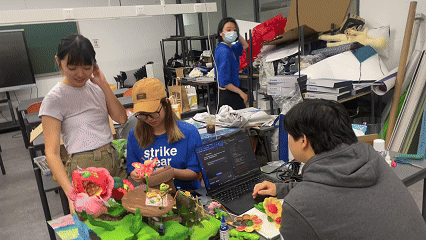
The Creative Backstory
Class 310 envisioned creating a large-scale interactive installation using Arduino to weave together the works of all 17 students. Following their instructor’s suggestion, they embraced the theme of spring, summer, autumn, and winter, a metaphor for the passage of time and collective memories, mirroring their diverse origins and the three transformative years they would spend together as a class.
The Creative Journey
Group Brainstorming
The class first divided into four seasonal teams. Through collaborative discussions, they settled on a form for the installation: a large square divided into four rectangular sections, each handled by a group, with a central square space reserved for consolidated circuitry.
Finalizing the Concept
Each group had a week to refine their ideas independently before convening to align on key elements: seamless transitions between adjacent seasons, a cohesive visual style, and the core interactive mechanism, a rolling ball’s journey.
Collaboration in Full Swing
The teams dove into action, tirelessly refining every aspect, from sketching, 3D modeling, printing, and hand-painting to designing interactive logic, coding, debugging, filming, and editing.
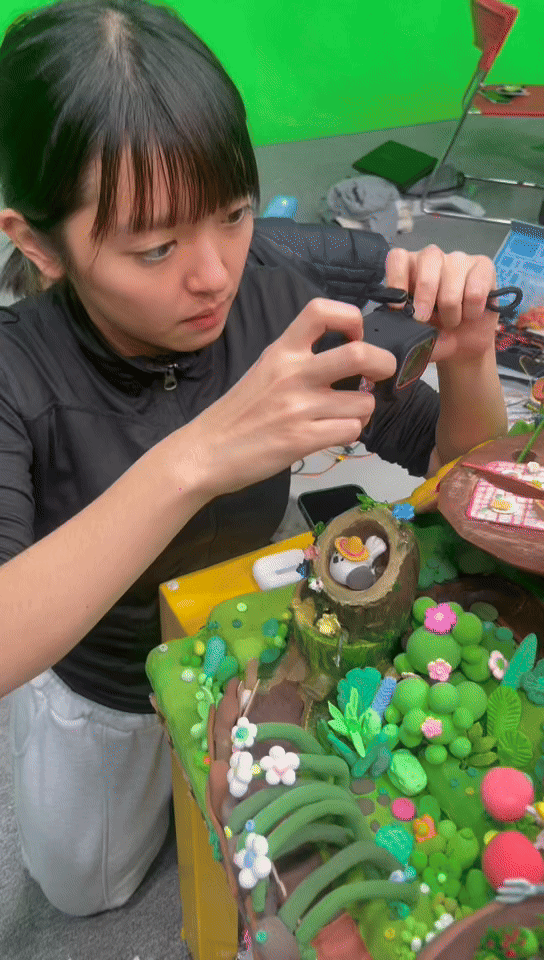
The Heart of the Work
Physical Structure
The installation consists of four modular rectangular units that connect seamlessly to form a complete square. Each module integrates 3D-printed components, an Arduino control system, and meticulously hand-painted details.
Interactive Experience
A small ball, symbolizing life and time, sets off from “spring,” rolling along a carefully crafted track. Along the way, it triggers an array of mechanisms, journeying through summer, autumn, and winter, completing a wondrous passage across the seasons.

Spring
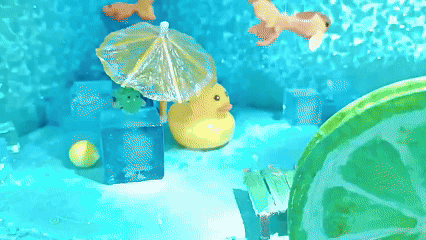
Summer
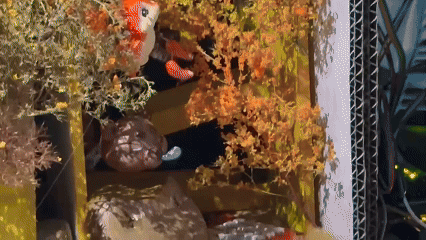
Autumn
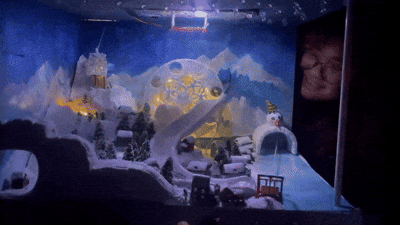
Winter
Final Showcase
When the piece debuted in the classroom, each group presenting their video documentation and live demonstrations, it was met with resounding applause. At that moment, an unparalleled sense of accomplishment filled every heart.
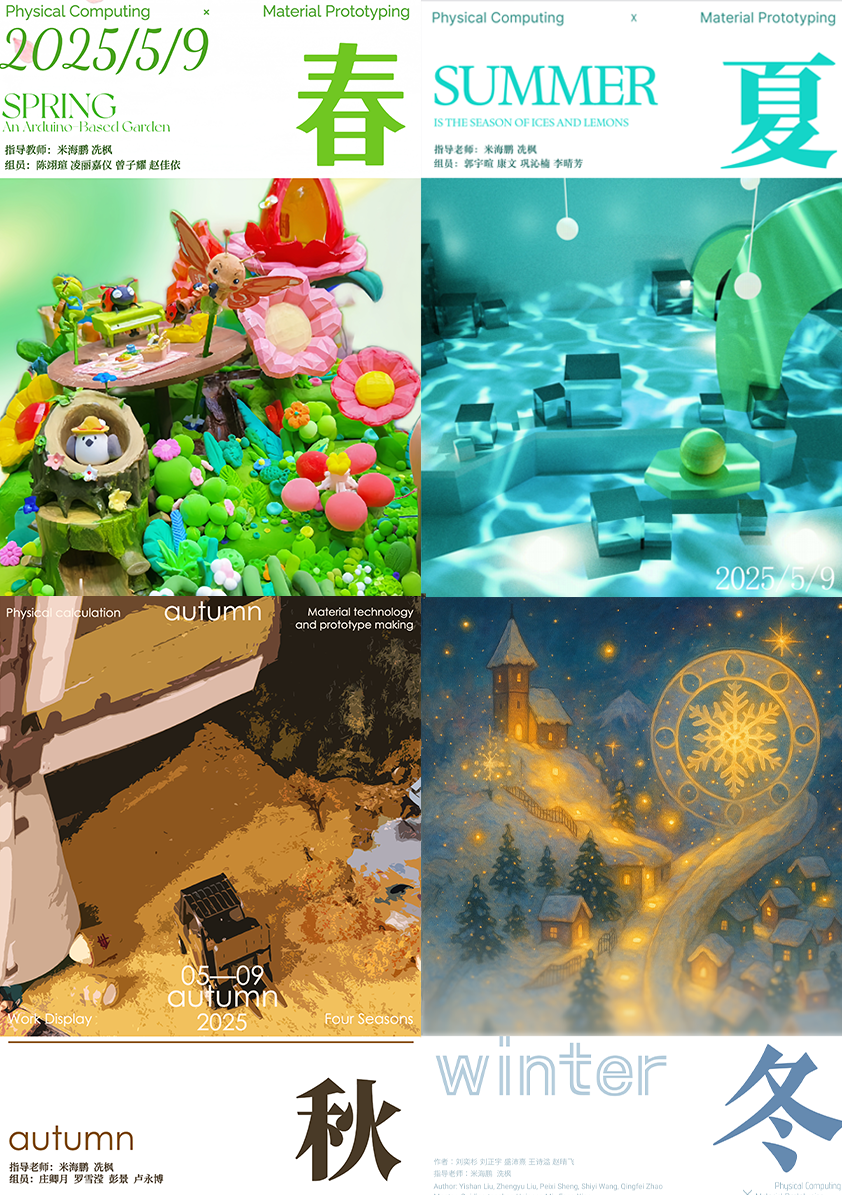
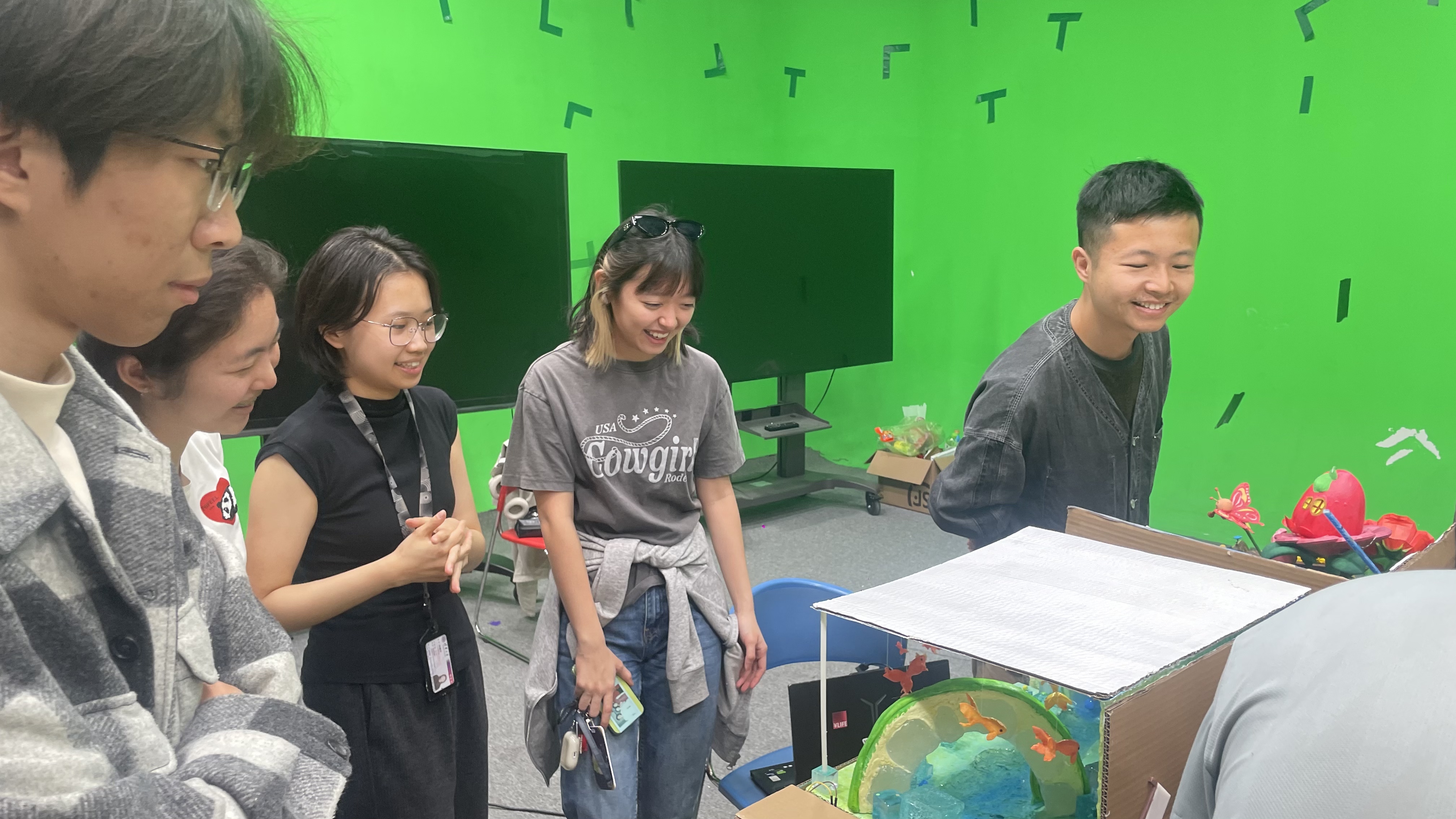
Instructor’s Notes
At its core, this course teaches the fundamental concepts and technical execution of interactive prototyping while encouraging collaborative problem-solving. For their final project, Class 310 came together brilliantly to realize The Four Seasons. Within the tight timeframe, they efficiently navigated the entire creative pipeline, from ideation and conceptualization to fabrication and presentation. The piece demonstrates strong interactivity and visual appeal. Such multifaceted installations involve complex challenges: spatial planning, stylistic cohesion, material choices, technical reliability, and more. Through this experience, the students have undoubtedly gained deeper insights and invaluable hands-on expertise in designing and executing sophisticated interactive works.
On this, the longest day of the year, let us all bask in the glow of creativity, crystallized through the eternal dance of the seasons.
— Mi Haipeng
Professor, Department of Information Art & Design

